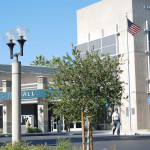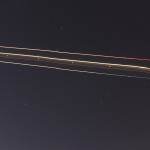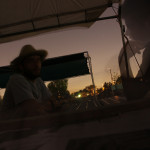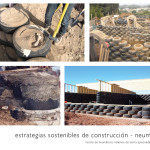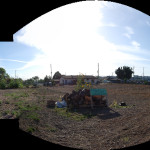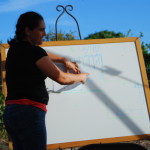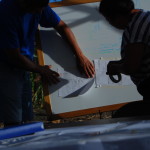Today we went to the Ontario City Hall in order to submit changes made to the siteplan, primarily the city wanted to see the adjacent parcel uses through a satellite overlay, using it to analyze whether or not the proposed uses for the site. Elaboration was needed on the water cistern so we added that as well. Karen Thompson was very receptive to the changes, but she said that it was problematic to propose a shipping container as a habitable building due to the fact that the planning code as well as the building code of Ontario prohibits such use. We decided to go forward and submit a proposal and attempt to convince the city to allow the use for shipping containers as well as exposed tires.
The files we submitted today can be found here:
With overlay:
Without overlay:





